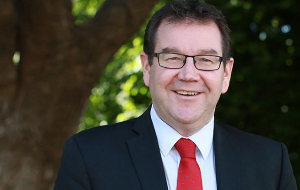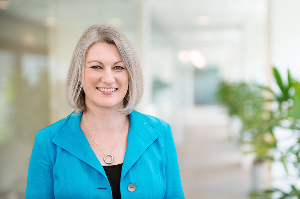
In December it forecast prices would eventually reach their pandemic peak by 2027 but now doesn’t see any end to the crisis, forecasting the Reserve Bank's official cash rate will stay higher for longer and not below 5% before the end of 2024.
The Government will be pinning its hopes on the cost-of-living spending announcements blunting the effects of higher interest rates and inflation.
The ‘no frills’ Budget package threatens to undermine the Reserve Bank’s efforts to tackle inflation.
It has $20 billion of capital allowance over the next four years, an increase of $8.5 billion more than was planned at the end of last year, to cover maturing bonds and buyback of the bonds acquired by the Reserve Bank during the pandemic.
Operational expenditure is in the same boat, increasing by $4.8 billion over the next year – more than $4.5 billion planned in December. Over the three years after that allowances are up by $500 million a year.
The Budget leaves the Crown with net core Crown debt of $181b in 2027 – (33% cent of GDP), up from $128b now and $59b when Labour took office in 2017.
To cope with this increased expenditure, Treasury will have to issue a lot more debt than expected.
The books will be in deficit until 2026, one year longer than previously forecast.
Robertson says government spending will boost the economy in the short term, but over later years it will be a smaller part of overall economic activity meaning it will take the pressure off inflation.
Robertson said he does not think the Reserve Bank will need to hike interest rates to deal with the increased spending.
“I don’t think this is the impact of what is in the Budget,” he says.





Comments
No comments yet.
Sign In to add your comment